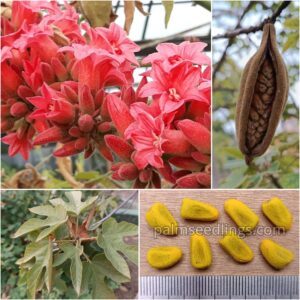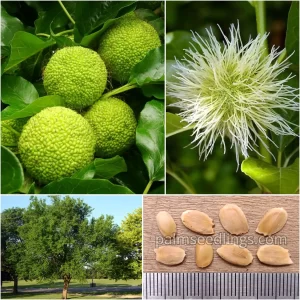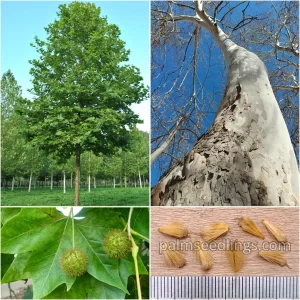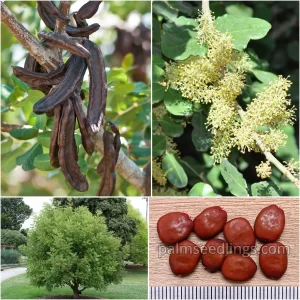Menu
2,00 € – 30,00 €
Cercis siliquastrum, commonly known as the Judas Tree or Eastern Redbud, is a small deciduous tree renowned for its striking pink-purple flowers, heart-shaped leaves, and graceful form. Native to the Mediterranean region, this tree is valued for its ornamental beauty.
-Germination Rate: Very high
-Germination Time: Fast
-Germination Difficulty: Easy
-Growth speed: Fast
Cercis siliquastrum (Judas Tree or Eastern Redbud)
Habitat:
Endemic to the Mediterranean basin, the Judas Tree thrives in well-drained soils of various types. It is often found in open woodlands, rocky slopes, and along watercourses. This tree is well-adapted to regions with mild, Mediterranean climates.
Outstanding Features:
The most outstanding feature of the Judas Tree is its profusion of pea-like, pink-purple flowers that bloom directly on the branches and trunk in spring, creating a captivating display. The heart-shaped leaves add to its charm. The tree’s branches have a distinctive zigzag pattern.
General Appearance:
With a mature height typically reaching 15 to 25 feet, the Judas Tree has a relatively small and rounded canopy. The branches are spreading and often have a weeping habit. The heart-shaped leaves emerge after the flowers and turn yellow in the fall. The tree has an overall graceful and elegant appearance.
Applications:
The Judas Tree is highly valued as an ornamental tree and is commonly used in gardens, parks, and as a street tree for its beautiful spring flowers and appealing foliage. It is a popular choice for landscapes where a small, flowering tree is desired. The tree’s aesthetic appeal makes it a sought-after addition to various settings.
Adaptability:
Adaptable to a variety of well-drained soil types, the Judas Tree prefers full sun to partial shade. It is well-suited for Mediterranean climates, thriving in regions with warm, dry summers. Its low maintenance requirements, coupled with its showy flowers, make it a desirable choice for landscaping projects in suitable climates.
| Weight | N/A |
|---|---|
| Quantity | 10 Seeds, 100 Seeds, 1.000 Seeds |




All rights reserved PalmseedlingsⓇ 2024.